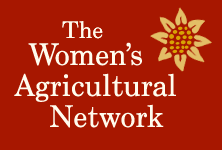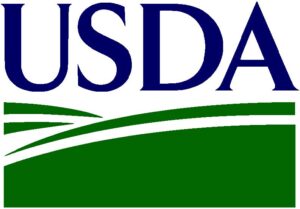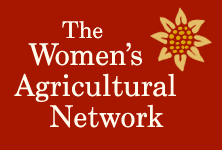Vermont Emergency Management (VEM) is requesting that farmers of all types report damage to all parts of their property in the following manner so that impact info can be included in justifications for emergency declarations that are sent to the Governor and then to the President:
- If there is damage to your house(s) or other dwelling report damage by calling 211 and completing a damage assessment report with the operator. The operator will then forward this information to VEM
- If there is damage to any other part of your property or business, including but not limited to barns, milking parlors, crops, fields, equipment, etc), this information ideally should be fed through organizations to which they belong, and those organizations should send summary compiled information to the Vermont Agency of Agriculture through the email agr.emergency@state.vt.us. The Vermont Agency of Agriculture will then feed that directly to VEM without going through 211. 211 will not be taking this information. Individual producers could also send information directly to that mailbox, as some have already done, This e-mail box is for data collection only – it is not being monitored or responses being prepared.
- The Agency of Agriculture is also being asked by VEM to enter all feedback it gets from individual farmers. It is for this reason as well that having summarized reports from organizations rather than individual farmer reports is ideal and highlights the importance of having all information come through this emergency reporting mailbox rather than by word of mouth to Agency employees in a manner that may not be able to be fully captured. If employees want to take the information themselves, they should then send the summary to the emergency reporting mailbox.
- Any information reported to the emergency mailbox for this flooding event should ID the subject line as “2011 spring flood event”
If farmers are in need of help or assistance, they should request that first through their town’s first response units (town emergency management director, fire dept, police etc). If the town is unable to meet their needs, the town official has the option of requesting help from the state/VEM. If VEM receives a request that falls under the scope of VAAFM portion of the state emergency operations plan, then they will contact us via pager, phone or email and we will be involved from that point forward.






